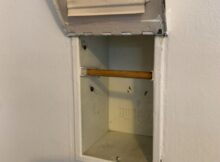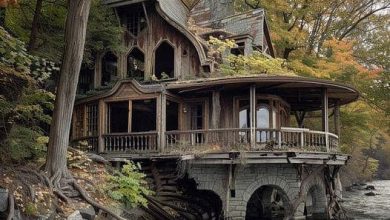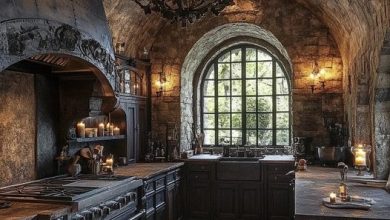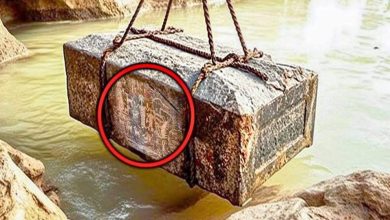Uncovering The Mystery Behind This Hidden Wall Cabinet In 1930s Homes!

Imagine discovering a small, hinged door built into your wall, revealing an intriguing recessed space with a dowel inside. To a modern homeowner, this might seem like an odd relic, but to someone familiar with home designs of the 1930s, it’s an iconic piece of history. This mysterious recessed cabinet is likely a built-in ironing board holder, a clever solution that speaks to the era’s ingenuity and practicality.
 source: Reddit
source: RedditIroning boards were no small matter back then. Ironing was a frequent task, with most clothes made of natural fibers like cotton or linen that wrinkled easily. Unlike today’s freestanding boards that take up space, these fold-out ironing stations could be pulled down as needed and easily folded away, keeping the room tidy and efficient.
This may seem like a minor feature now, but in the 1930s, a recessed ironing board cabinet was a bit of a luxury. Durasteel, a company known for making fireproof cladding and household hardware, often manufactured these cabinets. Their products were durable, practical, and designed to withstand the wear and tear of daily use.
These built-ins were especially useful in Southern California homes, where space could be limited. The cabinet was typically installed in a convenient spot, often near the laundry room or in the kitchen, allowing the homemaker to iron clothes, table linens, and towels with ease. Once the ironing was finished, the board folded right back into the wall, with the door closing to hide it away.
 source: Imgur
source: Imgur
If you look closely at a built-in ironing board cabinet, you’ll see a few defining features. The recessed space usually has a wooden dowel or bar, which helps support the ironing board or holds a towel for quick cleanup. The hinged door keeps the area tidy and can often be latched shut when the ironing board is stowed away. Some models also had hooks for hanging items or small shelves for holding starch, spray bottles, or other ironing essentials.




